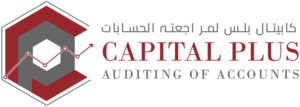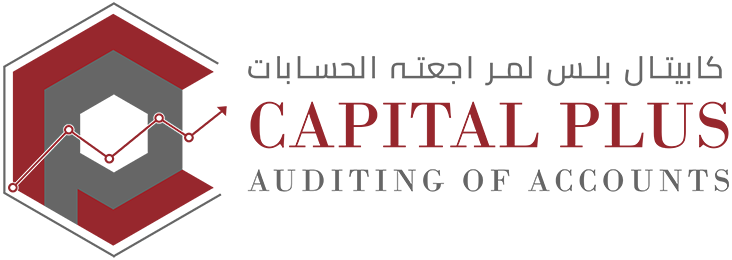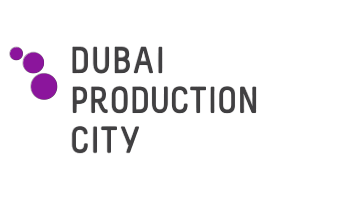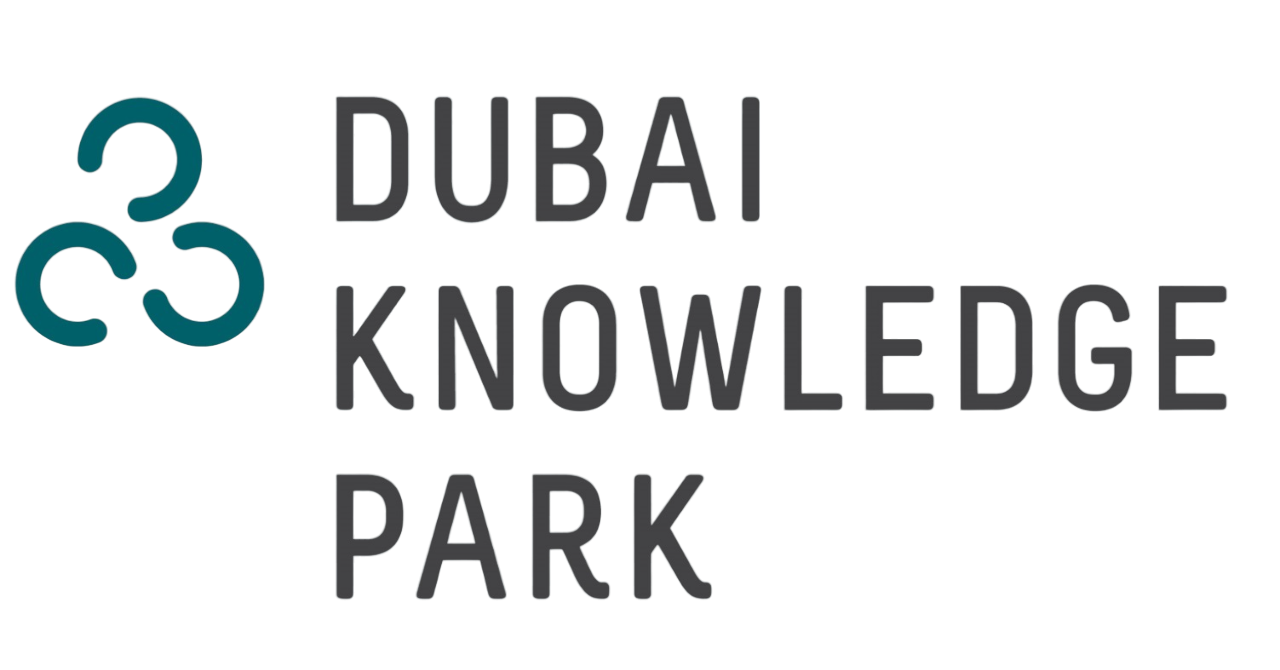The importance of Cashflow forecasting practices and liquidity risk management is highlighted after the COVID-19 pandemic. With major disturbances in the global supply chains, Cashflow forecasting and cash management have become the top priority for treasurers as well as executives.
What is Cashflow Forecasting
Cash flow forecasting, also known as cash forecasting is the way of estimating the flow of cash in and out of a business over a specific period of time. Cashflow forecasting helps companies make decisions about activities like funding, investment, and capital expenditure. It also forecasts future cash positions based on income and expenses, earns returns on any cash surpluses they may have in the most efficient manner possible, and avoid cash shortages.
Cashflow forecasting can be implemented for different time ranges. A short-term cashflow forecasting may cover 30 days and can be used to recognize any cash needs or identify excessive cash from the current need.
A medium-term cashflow forecasting might cover between one month and one year duration, while a long-term forecast may cover between one year and five years onwards or even longer, depending on the business nature.
Most business owners and treasurers know, that cash flow forecasting is a vital part of their business’s liquidity risk management process. Unfortunately, cashflow forecasting sometimes got a bad reputation because of its execution time and the questionable insights it usually produces.
To improve the reliability and help you reduce the time required for your forecasts, we’ve set 4 best practices of the cashflow forecasting.

1. Adopt a Data-Driven Cashflow Forecasting Process
Maybe we are the first to realize that being “data-driven” is a bit of a misconception in today’s business world. But it’s very difficult to improve cashflow forecasting and liquidity management without using your actual transaction data.
It is needed to understand, that a data-driven cashflow forecasting process is not creating accurate reports and cashflow forecasting, it is about influencing your data to better understand your business.
Many finance holders in companies often spend a lot of time collecting and manipulating their data to achieve a perfectly accurate forecast. In reality, 100% accuracy is absolutely difficult to achieve and it is not mandatory that a less accurate report would provide the same output with less work.
So to become more data-driven, you need to focus on finding ways to get useful insights from your data rather than trying to build an accurate forecast possible.

2. Use a 13-Week Cashflow Forecasting Period
In General, the further into the future the cashflow forecast looks, the less data is available to make an accurate projection of your cash position. Due to this, most data-driven cash handlers use 13-week cashflow forecasts because mostly there is massive data for short-term accuracy and huge future visibility to enable strategic decision making.
- A 13-week cashflow forecast is ideal because:
- It provides ideal visibility to determine liquidity risk. Usually there is enough data to provide a correct view of the weeks ahead, 13-week cashflow forecast helps you identify and plan for cash shortages before they become urgent. For example, by using 13-week cashflow forecast, you can identify a potential cash shortage several months before it would occur, providing sufficient time for your team to review intercompany lending or arrange bank funding options.
- It helps you in managing cashflow without long-term planning. Longer-term planning such as expense reduction or revenue increases may extend years into the future. By using a 13-week cashflow forecast you can plan for cash requirements on a medium-term basis without disturbing those plans. For example, with a 13-week cashflow forecast, you plan for short-term investments or debt repayments without affecting annual budgeting
- It is also suitable for investors and banks. Because the 13-week time period provides sufficent data to be accurate, it is a key measure of good financial control from an investors or bank’s perspective. So, depending on the ownership structure, relationships, debts, or investment capacity of your company, using a 13-week cashflow forecast could help to illustrate your business’s financial health.

3. Automate the Cashflow Data Collection
Many companies and businesses use excel sheets to manage their cashflow forecasting process. But while excel sheets are a tool few cash handlers could operate without, cashflow forecasting automation can help businesses to better build a data-driven cashflow forecasting process.
At First, since worksheet-based cashflow forecasting involves, you collecting and transforming by hand, there are more chances for human error. This results in, the second guess for cash handlers what their cashflow forecasts are telling them and of course need more time for confirmation about the accuracy of data.
It is observed that many businesses who use spreadsheets spend 80% of their time building their reports. As a result, they got very little time to analyze them in order to learn about their business.
Cashflow forecasting automation can solve these two problems. As cashflow automation gets data directly from your banking systems or ERP, it decreases the workload needed to build a forecast and removes the opportunity for errors.
As a result, it provides you with enough time for analysis and more confidence that your findings and data from the analysis are reliable.

4. Use a Rolling Cashflow Forecast
It is found in the survey that rolling cashflow forecasts improve the accuracy of forecasted and budgeted revenue roughly by 14% when compared to the static forecasting and budgeting process that are used in many organizations. More importantly, It is the fact that rolling cashflow forecasts provide businesses with greater agility — It is seen in surveys that financial performance is increased by 20-30% on average.
For example, if the demand for a certain product suddenly decreases, a static forecast would prevent you to accommodate and adjust those changes until the next cashflow forecasting period. As a result, you can face a harder time understanding how lost revenue can affect your ability to pay suppliers.
On the other hand, a rolling cashflow forecast, would provide you with more accurate view of your cash, which makes it easier for you to optimize the timing of any spending you had planned or financing you may need to cover your expenses.
Capital Plus Auditing of Accounts is a reliable and the most professional Audit Firm, helping businesses forecast cash and grow with hassle free procedures. Click on the button Below, submit details and Get Free Consultation
